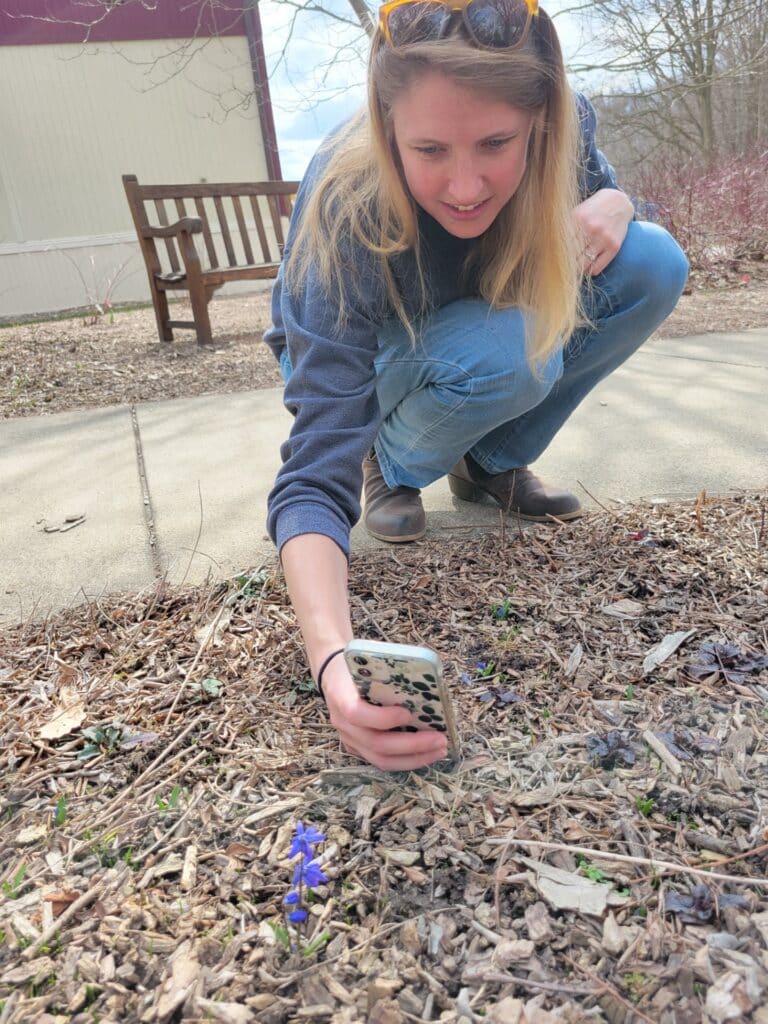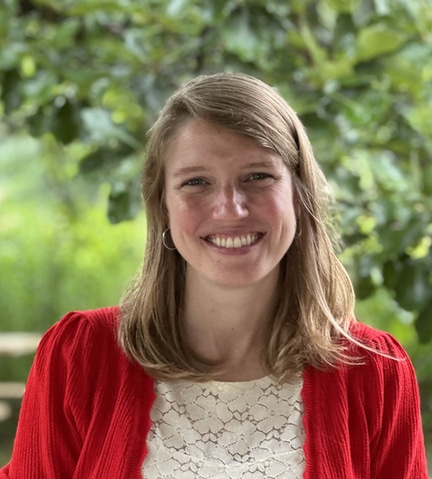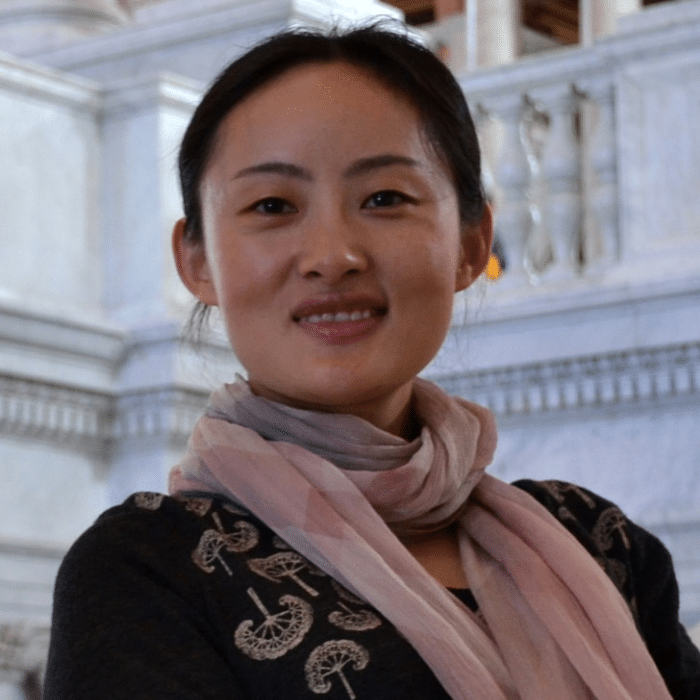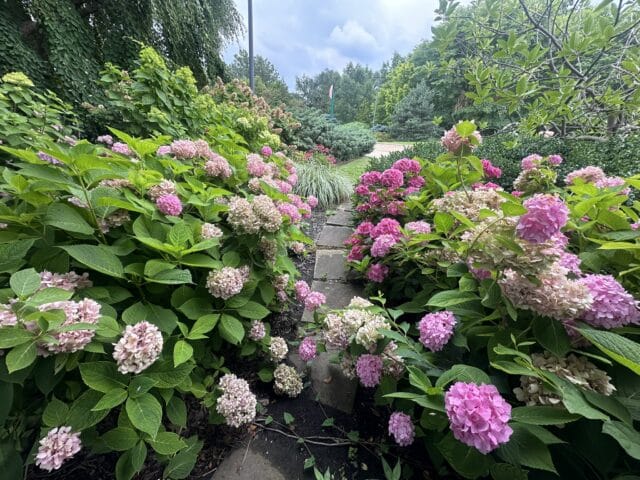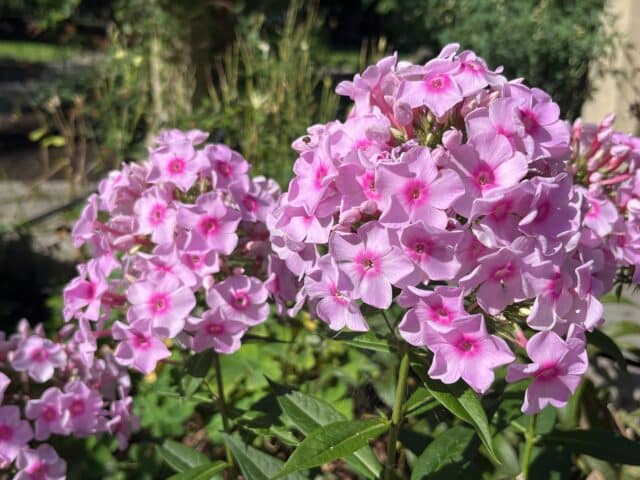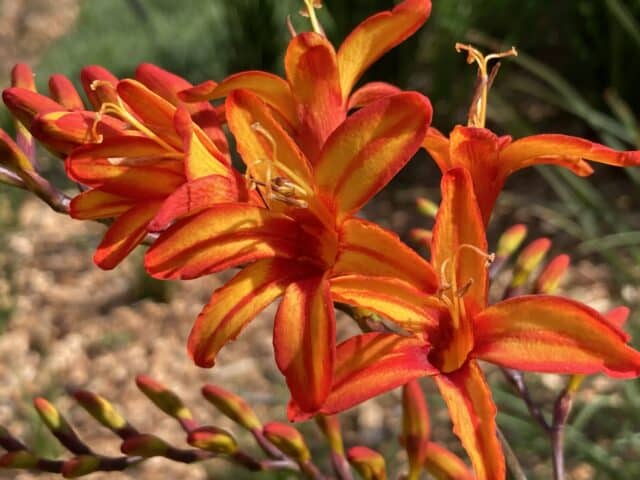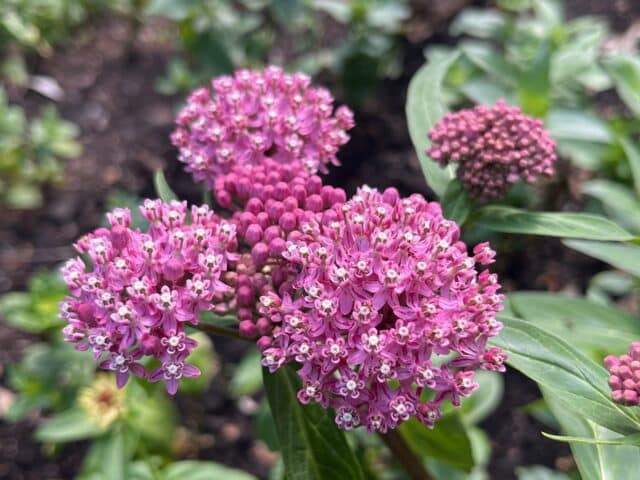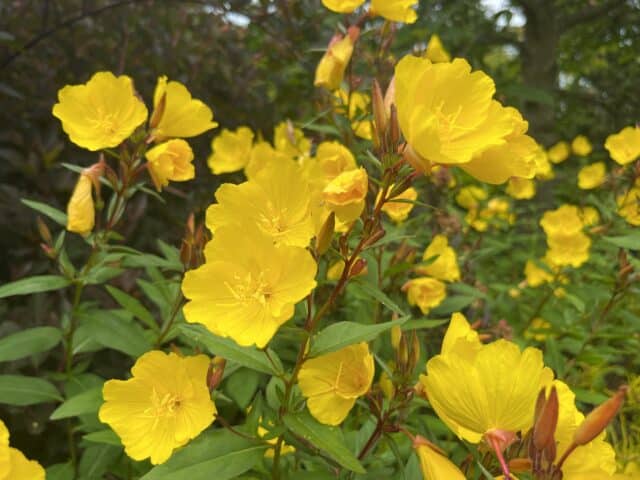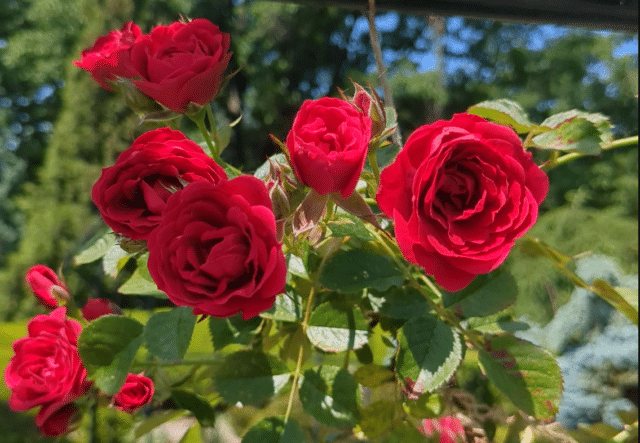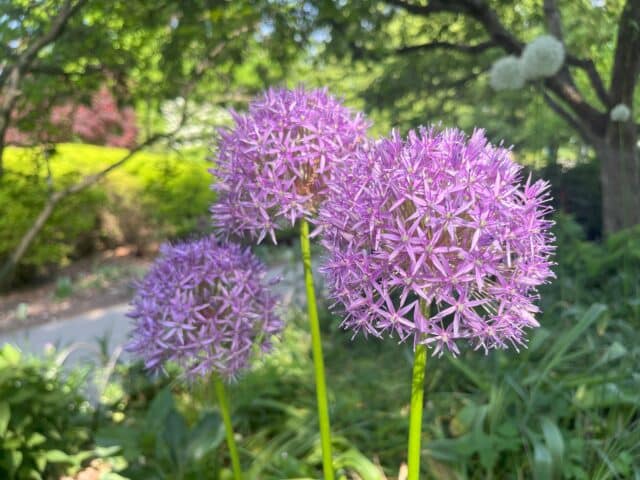
If you are a nature lover interested in knowing the species around you, there’s one app you should have on your smartphone: iNaturalist. Once you create an account, you can contribute observations of naturally occurring animals, plants, and fungi to add to the website’s growing records of species occurrences around the world. You can also find help identifying a wide range of organisms, from snails to birds to ferns – just about anything you can think of. The amazing power of iNaturalist is that you can both contribute your expertise to help other people with identifications as well as draw upon other contributors’ experience with organisms outside your comfort zone. On top of that, recording any occurrences can help scientists track the distribution of different species and gain insight into biodiversity in different regions.
For example, let’s say you find a beautiful, tall yellow flower on the Holden Arboretum property. You snap a picture.
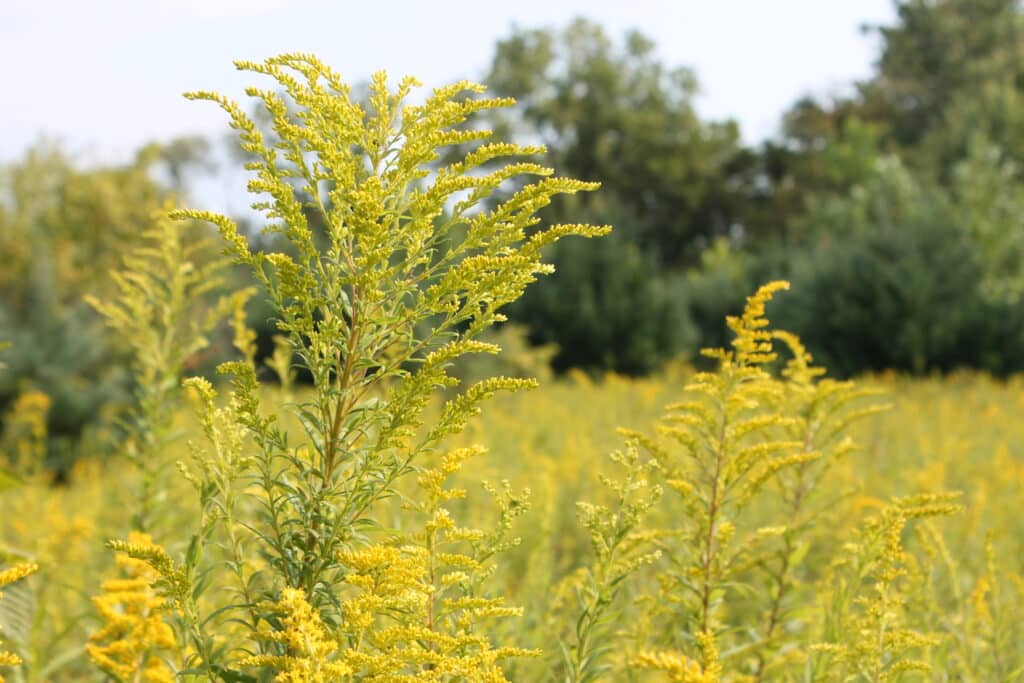
Photo of “mysterious” yellow flower to be uploaded to iNaturalist.
When you upload this photo as an observation on the app, you will be able to view suggestions for a species identification. In this case, the photo is not enough to ID the plant to species, but iNaturalist is able to suggest a genus: Solidago, the genus known as Goldenrod.
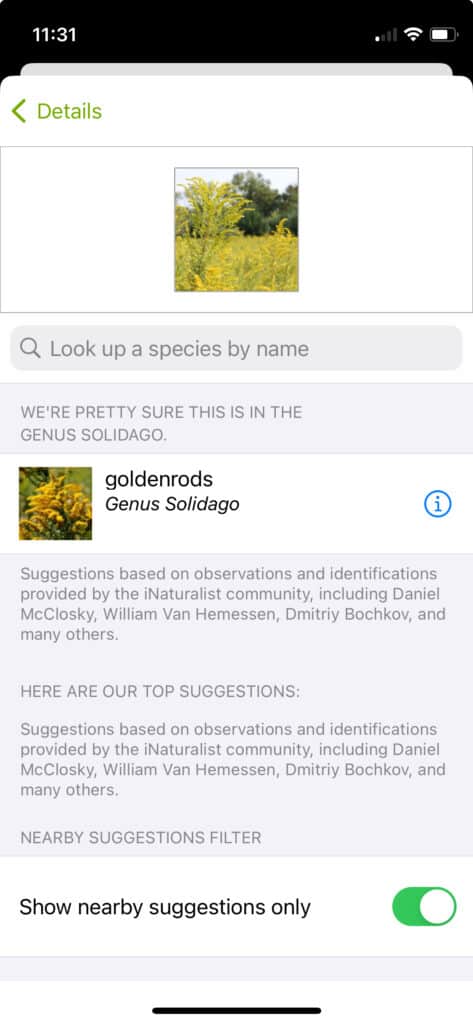
Solidago is a notoriously difficult genus to identify without a dichotomous key, as there are about 20 species that grow in Northeast Ohio alone. But it is possible that, if you upload additional pictures with further identifying information (leaf shape, growth form, flower details, etc), an expert in the iNaturalist community will be able to identify the plant to species. This will then be a recorded occurrence of that genus or species, which can be used for many things including:
- Biodiversity indices – how many species are in an area and what species?
- Phenology data – when does this species bloom in a particular region?
- Species distribution – what is the range of this species and what kind of habitat does it prefer?
- Location information – where exactly can this species be found?
In the realm of challenging identifications, duckweed species within the genus Lemna and Landoltia stand out. These tiny aquatic plants challenge traditional identification methods, requiring a deeper exploration that goes beyond the limits of visual inspection. In the quest to unravel their mysteries, we’re not just scientists in a lab – we’re collaborators with nature enthusiasts everywhere. Armed with iNaturalist, we are on a nationwide adventure to document the nuances of these elusive plants as part of our NSF grant led by Na Wei, Ph.D.. Our journey isn’t just about taxonomy; it’s a thrilling exploration into the intricate dance of plant-microbiome symbiosis, especially in the face of a changing climate.
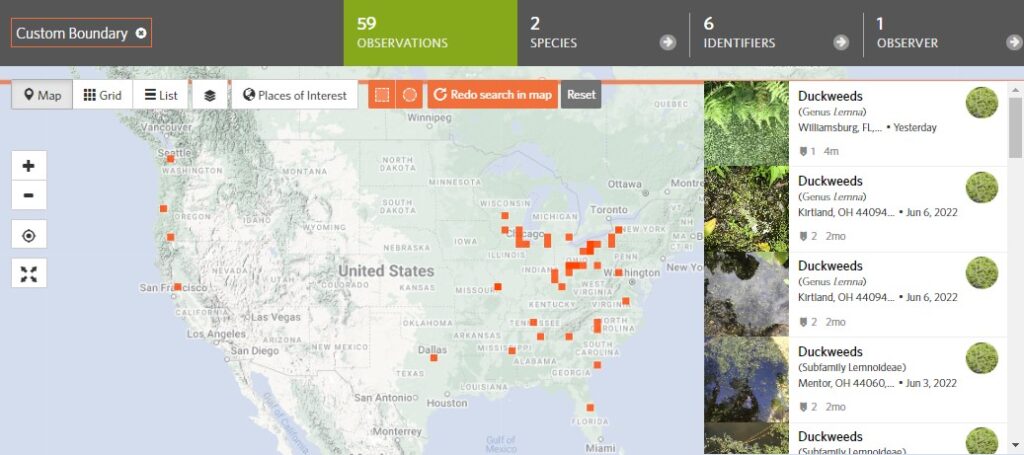
Unfortunately, misidentification is a common challenge, especially for species like duckweed that prove elusive to distinguish. Platforms like iNaturalist, while powerful, sometimes propose species-level identifications when only family or genus distinctions are discernible from photos. The challenge is accentuated for duckweed species in the genus Lemna, where even lab-controlled environments necessitate genetic analyses for accurate classification. Despite this limitation, iNaturalist remains an invaluable tool for scientists and community members. Observations made by iNaturalists users may be used in all kinds of future studies – you never know how your pictures could give back to the scientific community. You can even join us in the fascinating world of duckweed, where each uploaded observation of duckweed will contribute to a larger scientific narrative about plant-microbiome symbiosis. As spring beckons, the free iNaturalist app is a great way to explore, discover, and contribute to our understanding of the diverse life forms that flourish in the natural world around us.
